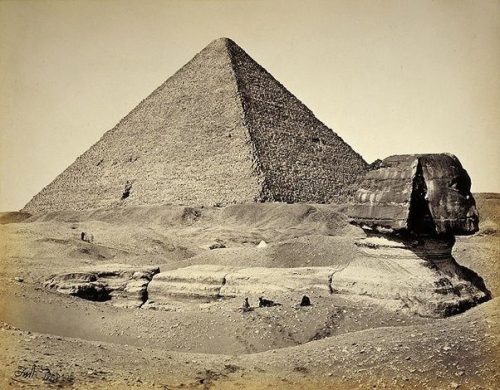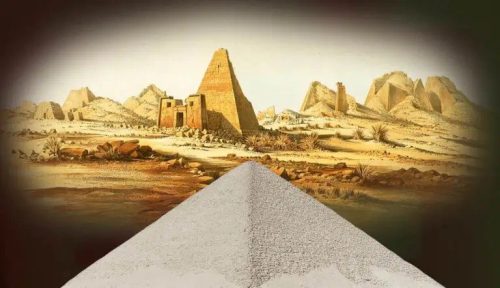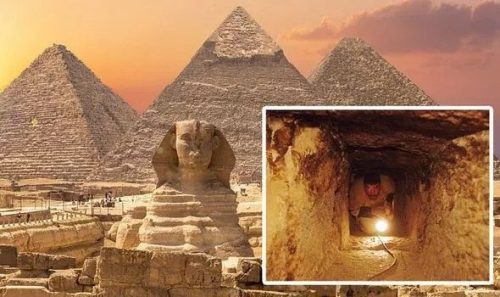
The pyramids of Egypt have captured the world’s imagination for centuries. These awe-inspiring structures have long been regarded as monumental tombs built to honor pharaohs in the afterlife. But could there be more to these ancient marvels than meets the eye? In this article, we’ll delve into a fascinating theory that challenges the conventional wisdom surrounding the pyramids, proposing that they may, in fact, be the visible tips of grand obelisks. This intriguing concept opens up a new dimension to our understanding of these enigmatic structures.
The Conventional View: Pyramids as Funerary Monuments
For centuries, the prevailing view has been that the pyramids of Egypt served as elaborate tombs for pharaohs and their treasures. The most famous of them all, the Great Pyramid of Giza, was built for Pharaoh Khufu and is believed to contain his burial chamber. Supporting this theory are the numerous burial items, hieroglyphs, and intricate passageways found within these colossal structures.

Challenging the Norm: The Obelisk Theory
The obelisk theory suggests a more complex purpose behind the construction of these iconic monuments. Advocates of this theory propose that the pyramids, with their sharp, towering shapes, could be the visible above-ground sections of colossal obelisks. Obelisks, tall, tapering pillars, were commonly erected in ancient Egypt as symbols of power and protection. Could the pyramids, in fact, be the grandest obelisks ever created?
Evidence for the Obelisk Theory
Shape and Symbolism: The pyramids’ geometrical shape shares distinct similarities with obelisks. Both are characterized by tall, slender structures that naturally draw the eye upward. Obelisks were often inscribed with hieroglyphs that conveyed important messages, similar to the inscriptions found within the pyramids. Could the pyramids be a variation of this symbolic design?
Alignment with Celestial Bodies: Many pyramids, particularly those of Giza, are known for their precise alignment with celestial bodies. Some proponents of the obelisk theory argue that these alignments could have served an astronomical or ritualistic purpose rather than just the straightforward burial explanation.

Utility as Sun Dials: Some researchers suggest that the Great Pyramid, in particular, could have functioned as a massive sundial, casting shadows that marked important solar events. This aligns with the practical use of obelisks, which often served as sundials and timekeeping devices.
Critics and Challenges
Naturally, the obelisk theory is met with skepticism by mainstream Egyptologists. Critics argue that the evidence supporting this theory is largely circumstantial and open to interpretation. They maintain that the burial chambers, inscriptions, and other tomb-related features within the pyramids make a compelling case for their primary purpose as tombs.
The question of whether the pyramids are simply funerary monuments or the visible tips of grand obelisks remains an intriguing enigma. While the conventional view holds strong in the academic community, the obelisk theory raises thought-provoking questions about the true purpose and symbolism behind these ancient marvels.
In the end, the mystery of the pyramids endures, and perhaps that’s what makes them so enduringly fascinating. Whether they were constructed as tombs, obelisks, or both, the pyramids of Egypt continue to captivate our imagination, inviting us to explore their depths and unlock the secrets of the past.
By examining the evidence, considering alternative viewpoints, and embracing the ongoing debate, we can gain a deeper appreciation for the ancient wonders that have stood the test of time, shrouded in mystery and awe.






